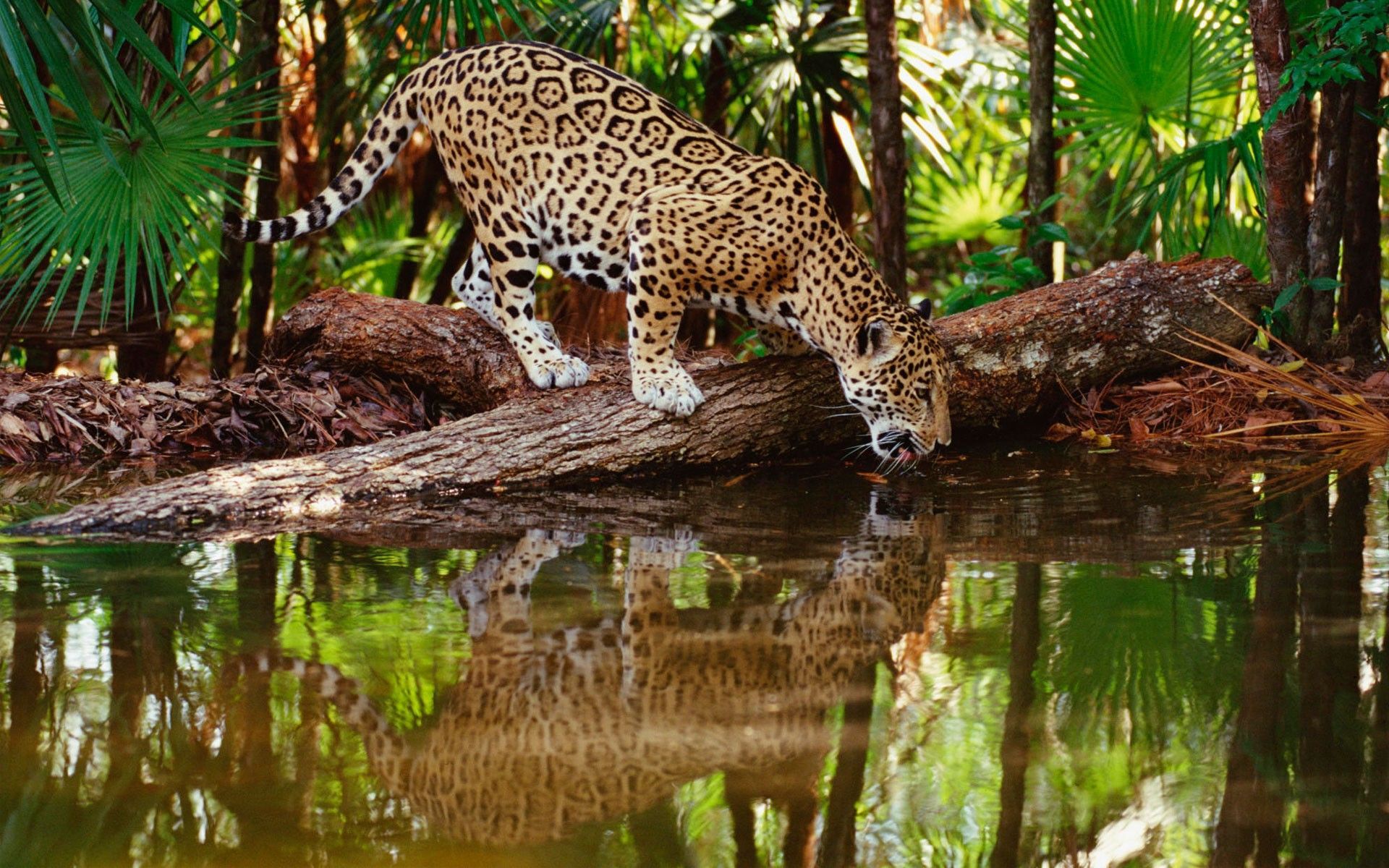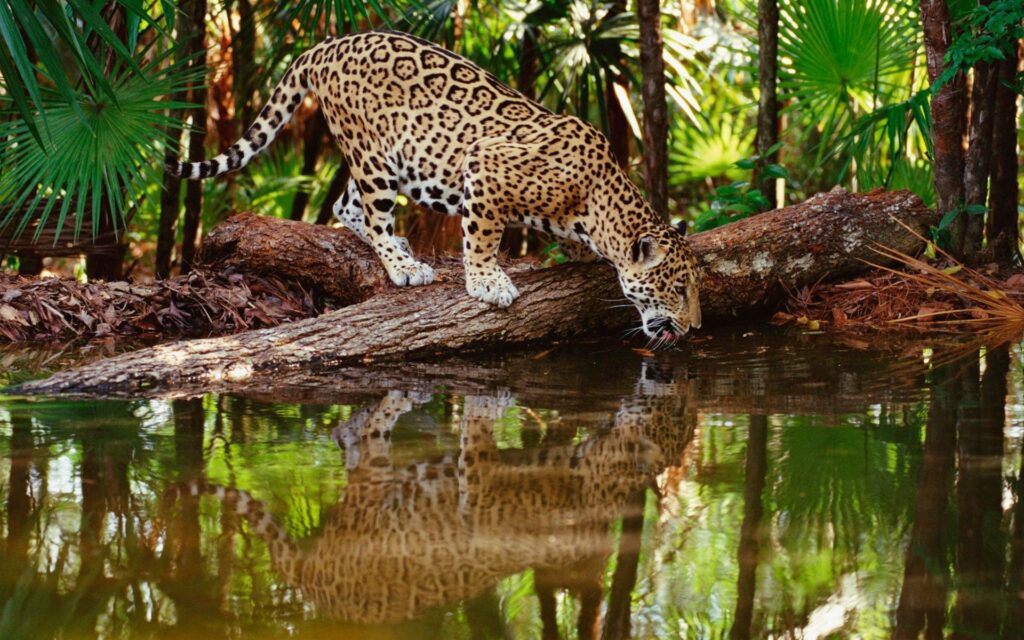
A New Pathway for Biodiversity Conservation in Sri Lanka
Amid Sri Lanka’s financial challenges, the country’s greatest untapped resource is its rich biodiversity. As the new government shapes its policy agenda, there is a unique opportunity to adopt innovative, market-based approaches like Payment for Ecosystem Services (PES). PES incentivises individuals, communities, and businesses to protect vital ecosystems by compensating them for the services these ecosystems provide, such as carbon sequestration, water filtration, and biodiversity conservation. This approach not only preserves the environment but also generates new income streams, benefiting the economy in the long run.

PES in Action Globally
While Sri Lanka has yet to fully embrace large-scale PES projects, there are successful examples from around the world that offer a roadmap for how it could be applied. One prominent example is Costa Rica’s PES program, which has been operational since the 1990s. Costa Rica pays landowners to maintain forest cover, helping to both protect biodiversity and reduce carbon emissions. This program has become a model for integrating conservation with economic development and has significantly contributed to Costa Rica’s reforestation efforts.
In Uganda, a randomised control trial found that PES schemes significantly reduced deforestation. The Ugandan program provided payments to villages to conserve forests, halving deforestation rates in just two years. The results were beneficial not only for environmental conservation but also for improving local livelihoods.
How PES Can Transform Sri Lanka
By integrating such a new approach into national policy, Sri Lanka could protect its unique ecosystems while addressing economic challenges. Here’s how this new approach could work in key areas:
- Ecotourism and Conservation: In areas like Yala and Wilpattu, a new approach can be used to channel tourism revenue into conservation efforts. Local communities would be compensated for protecting wildlife habitats and reducing human-wildlife conflict, making conservation a more integrated part of the tourism economy.
- Forest and Watershed Protection: Sri Lanka’s forests, such as Sinharaja, are essential for carbon sequestration and water supply. Through a new policy-based PES framework, companies could purchase carbon credits from communities maintaining forest cover, helping the country meet its environmental goals while generating income for local residents. Additionally, watershed protection through such an approach can ensure clean water supplies for industries like hydropower and agriculture.
- Coastal and Marine Ecosystem Conservation: Coastal ecosystems like mangroves and coral reefs, crucial for fisheries and tourism, can be protected through such a new policy-oriented approach. Mangroves, for instance, act as carbon sinks, and a PES scheme could see private companies pay for the restoration and protection of these ecosystems, benefiting both biodiversity and local communities reliant on these resources.
- Sustainable Agriculture: Tea, spice, and fruit farmers can benefit from such a new approach by adopting sustainable practices such as agroforestry. International markets are increasingly favoring sustainable products, and a PES-based approach could open these markets to Sri Lankan farmers while improving soil health and biodiversity.
Win-Win Approach for Sri Lanka
Adopting such a new PES-based national approach to biodiversity conservation offers Sri Lanka a sustainable solution that aligns with its national priorities – job creation, poverty reduction, and climate resilience. By implementing PES at a national level, Sri Lanka can unlock new financial resources for conservation, ensuring that biodiversity conservation becomes a driver for national prosperity.
With the right frameworks in place, this approach can become a key tool in protecting Sri Lanka’s natural heritage while supporting long-term economic growth while positioning Sri Lanka as a global leader in sustainable development.



